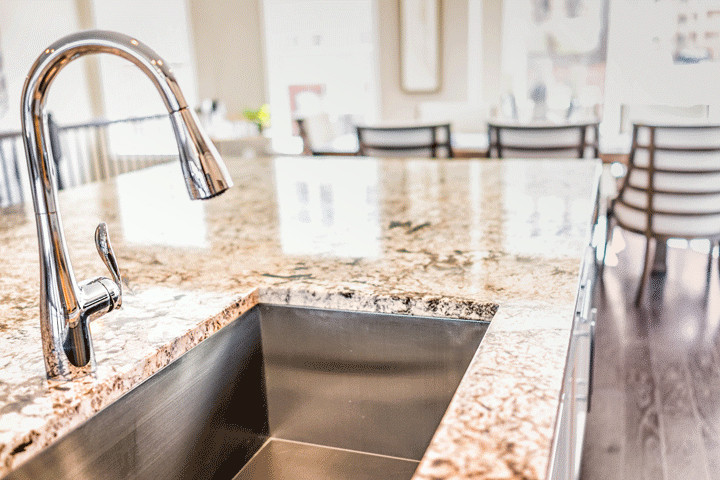
Table of Contents
Granite is one of the best building materials for new countertops. There are many reasons that is the case, as well as many different areas of the home where you can implement granite countertops. However, there is no area of the home more suitable for installing granite countertops than the kitchen. Having granite kitchen countertops will not only look good but will offer helpful functional benefits as well. Choosing the right material for your kitchen countertops in no small task. Selecting granite can be one of the best decisions that you ever make.
There are several factors to consider when thinking about buying granite kitchen countertops, such as what type of granite you like and the functionality of the different types, among many other aspects.
[get_quote]
Granite: General Information
No matter which type of granite you decide on, there are certain characteristics that are generally similar for all types of granite.
Patterns and Marks
Different types of granite can either feature veins, swirls or be consistent in pattern.
Durability
Regardless of which type you select, granite is known for being one of the most durable countertop materials that you will be able to find. The durability of the stone makes it perfect for use in the kitchen. Generally speaking, between cooking and spending time with family, your kitchen will see a lot of use. Because of this, you want to make sure that you have kitchen countertops that both look good and can handle the pressures of frequent use. Granite countertops check both of these boxes.
Types of Granite
Granite comes in a multitude of styles and colors, meaning that you are virtually assured to find at least one type that suits your taste.
Pros and Cons
When it comes to granite, there are various pros and cons that you should consider before purchasing. Both the pros and cons of owning granite are explained below.
Pros:
| Natural stone look |
| Many types to choose from |
| Durable |
| Heat resistant |
| High resale value |
Natural stone look
One of granite’s major benefits is the look of natural stone. There is no denying that certain patterns that occur in nature are simply amazing. Granite has plenty of these patterns that you can choose from.
Many types to choose from
Granite will offer you a seemingly endless amount of options to choose from. Marble.com has well over 500 variations the company offers.
Durable
Granite is one of the most durable natural stone materials that you will be able to find. As long as you take proper care of your granite, it will last for many years – so many that it will likely reside in your home for more years than you do.
Heat resistant
A huge advantage that granite offers in the kitchen is that it is heat resistant. Granite will be able to handle any hot kitchen items that you set down on the surface.
High resale value
When it comes time to sell your house, there are few more attractive features in a house than natural stone countertops – especially in the kitchen. Granite’s durability and heat resistance make it that much more attractive to perspective buyers as well.
Cons:
| Rare granite will cost more |
| Heavy objects can cause damage |
| Needs to be re-sealed yearly |
Rare granite will cost more
Much like any stone, the rarer the granite you choose, the more you will have to pay. Some rare forms of granite can cost around $200 per square foot, so make sure that it is really what you want before buying it.
Heavy objects can cause damages if dropped on the surface
While it is one of the most durable natural stones that you can find, granite is not totally indestructible. You will need to be very careful when handling any heavy items around your granite countertop. If you drop those items, especially on the countertop’s corners, you can cause significant damage.
Needs to be re-sealed once a year
Your granite countertop will need to be re-sealed roughly once every year. Despite this seeming like an inconvenience, the process of re-sealing your granite countertops is relatively simple and quick. Something else to keep in mind is that granite does not need to be re-sealed as often as some other countertop materials, such as marble, do.
[get_quote]
What Are Your Granite Kitchen Countertop Options?
One thing you will notice about granite is that you definitely won’t be limited in types to select from. Here are just 30 of the countless options that are available to you.
-
Ubatuba
-
Cosmic Black
-
Original Peacock Green
-
African Galaxy
-
Orion
-
Blues in the Night
-
Black Thunder
-
Absolute Black
-
Santa Cecilia
-
Altair
-
Itaunas
-
Atlantis
-
Colonial Gold
-
Giallo Ornamental
-
Tiberious
-
Blue Eyes
-
Tan Brown
-
Astoria
-
Bianco Romano
-
Florence Gold
-
Brazil Gold
-
Bianco Antico
-
Ivory Fantasy
-
Silver Pearl
-
Red Dragon
-
Titanium Black
-
Peregrine C
-
Siena Beige
-
Madura Gold
-
Brown Antique
The following list will give you information about the country of origin and appearance of each type listed above.
Ubatuba
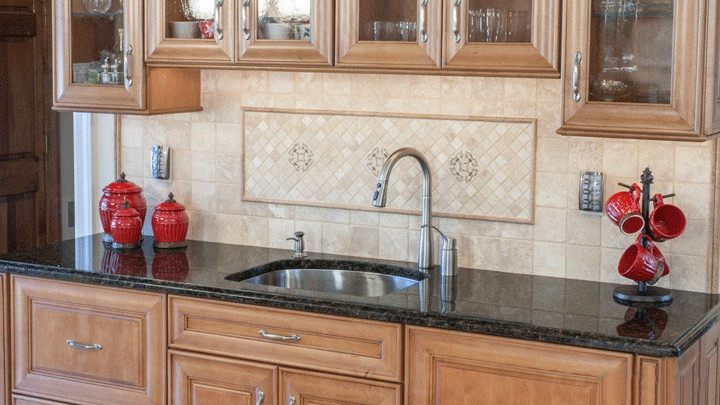
Country of Origin: Brazil
Appearance: Black with hints of white and green
Cosmic Black
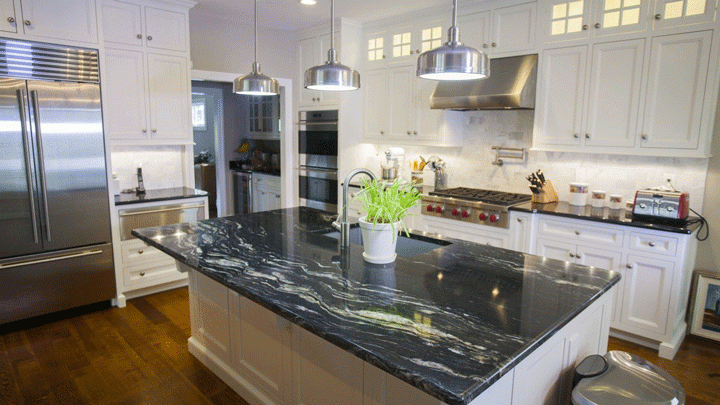
Country of Origin: Brazil
Appearance: Black with patches of white, amber and burgundy
Original Peacock Green
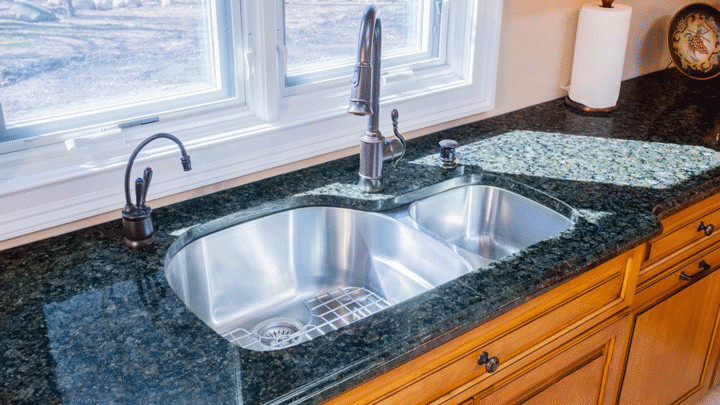
Country of Origin: Other
Appearance: Dark green with hints of gold, purple, gray and white
African Galaxy
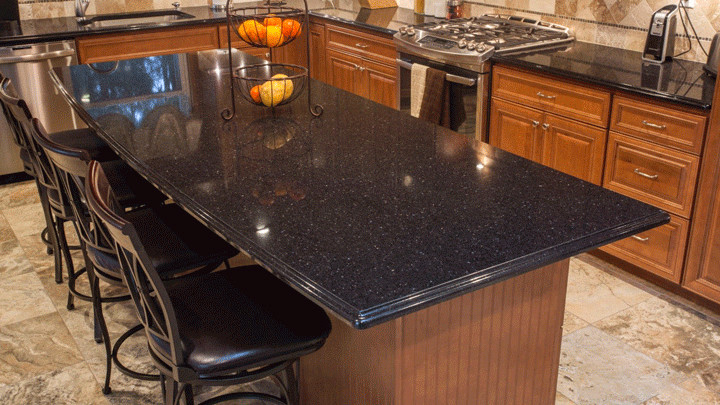
Country of Origin: Zimbabwe
Appearance: Black with silver flecks throughout the stone
Orion
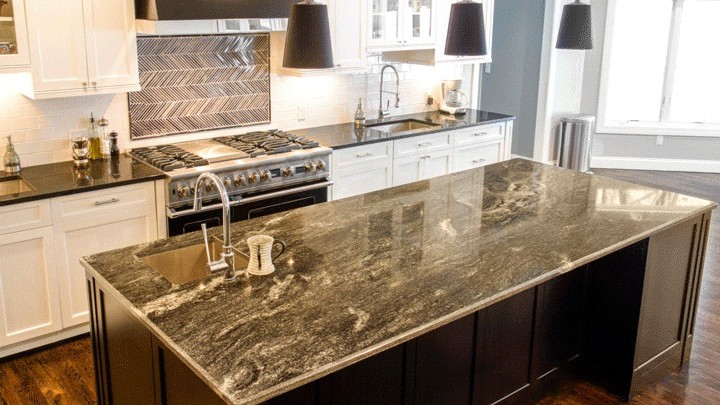
Country of Origin: Brazil
Appearance: Black with shades of brown and gold throughout
Blues in the Night

Country of Origin: Brazil
Appearance: Blue and black
Black Thunder
Country of Origin: Brazil
Appearance: Black with brown and beige veins and tones of purple, off-white and gray
Absolute Black
Country of Origin: India
Appearance: Consistent black color throughout
Santa Cecilia
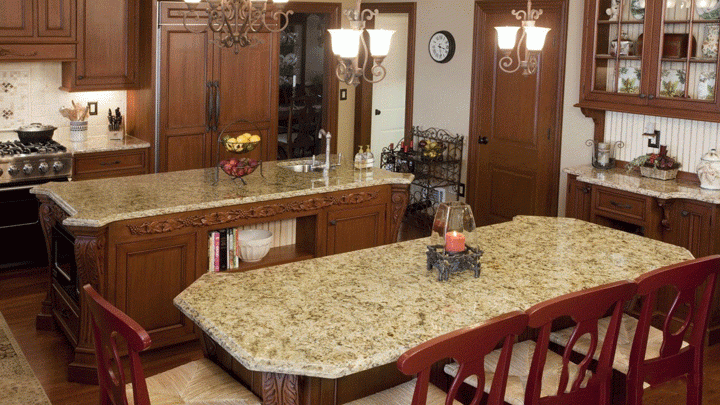
Country of Origin: Brazil
Appearance: Yellow, gold, black and burgundy
Altair
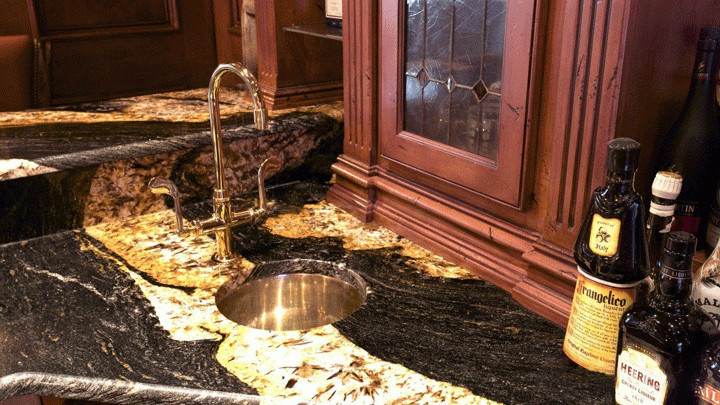
Country of Origin: Other
Appearance: Black with orange, gold and red veins
Itaunas

Country of Origin: Brazil
Appearance: Cream-white colored base with tan and brown speckles
Atlantis
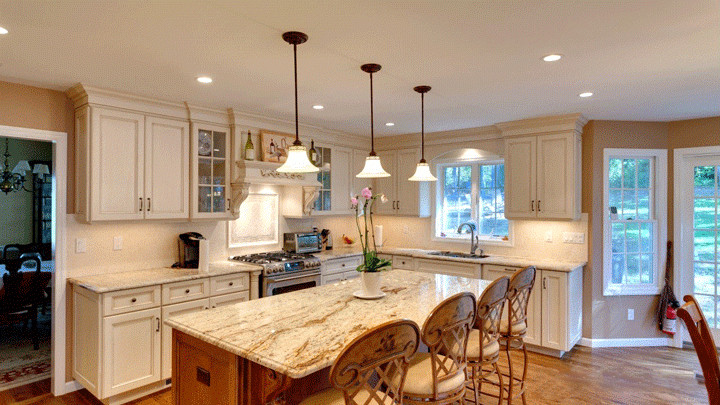
Country of Origin: India
Appearance: White with gold, orange and gray veining
Colonial Gold
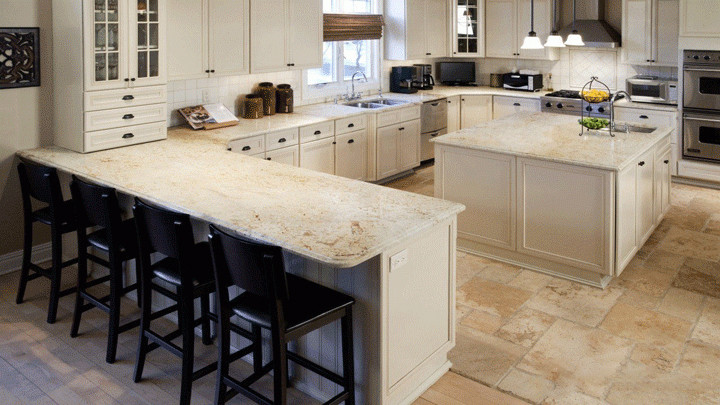
Country of Origin: India
Appearance: Light beige with veins of gray, gold and burgundy spots
Giallo Ornamental
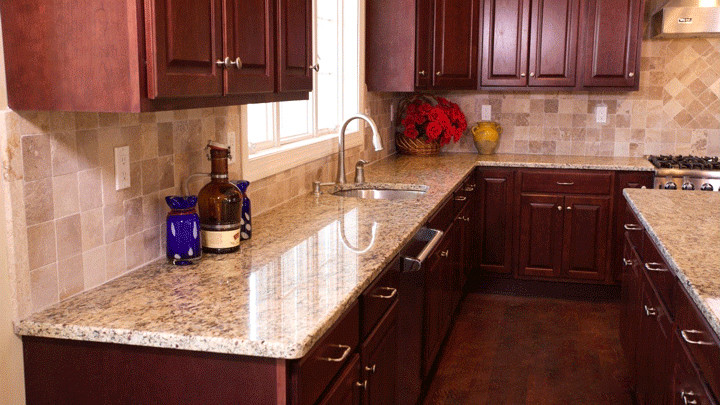
Country of Origin: Brazil
Appearance: Brown and gray with hints of gold
Tiberious
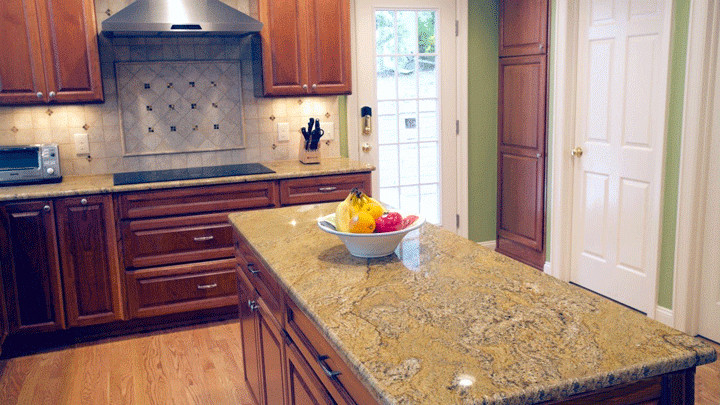
Country of Origin: India
Appearance: Light gold/tan colored base with specks of brown and copper
Blue Eyes

Country of Origin: Canada
Appearance: Gray with blue reflective clusters and occasional black veining
Tan Brown
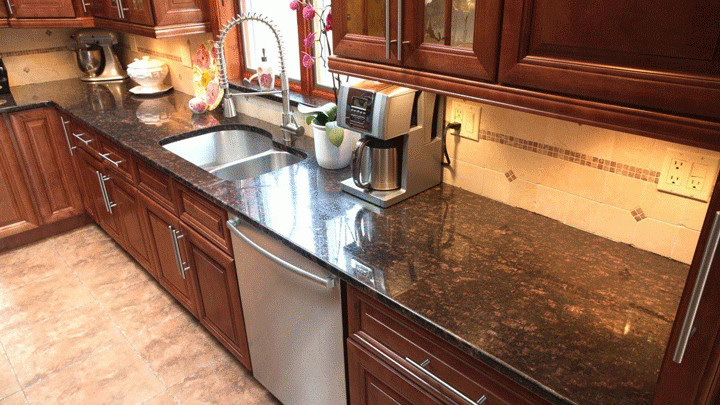
Country of Origin: India
Appearance: Dark brown with beige speckling and occasional red and blue speckling
Astoria
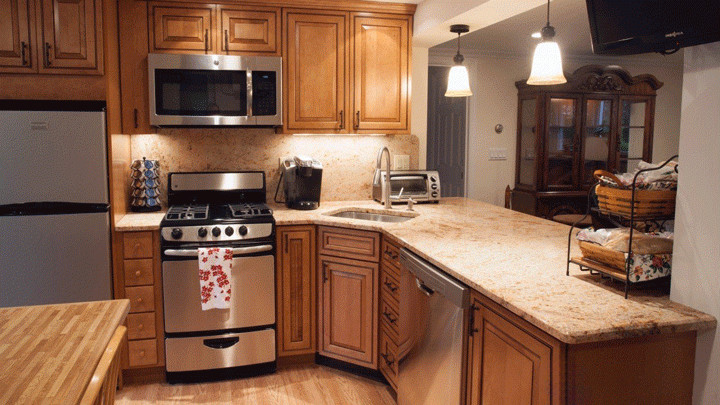
Country of Origin: Other
Appearance: Light beige with black speckling
Bianco Romano
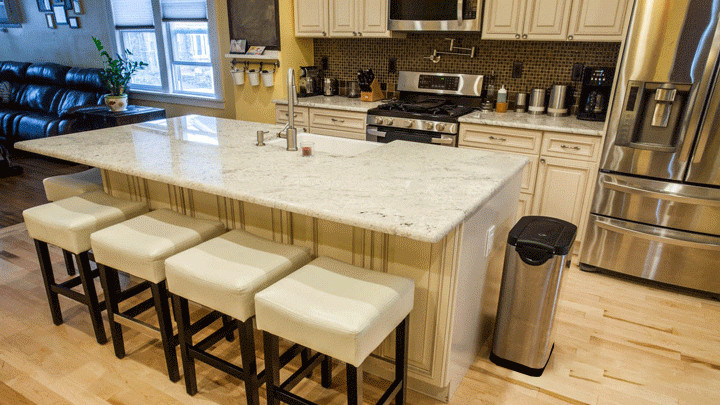
Country of Origin: Brazil
Appearance: White and gray with quartz and burgundy garnet deposits
Florence Gold
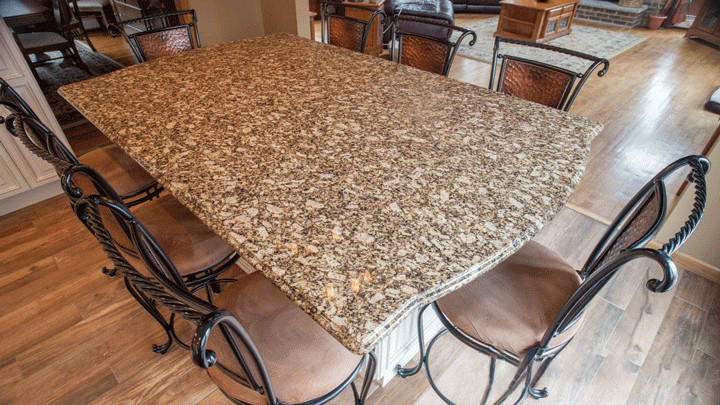
Country of Origin: Brazil
Appearance: Dark brown with light beige flecks
Brazil Gold
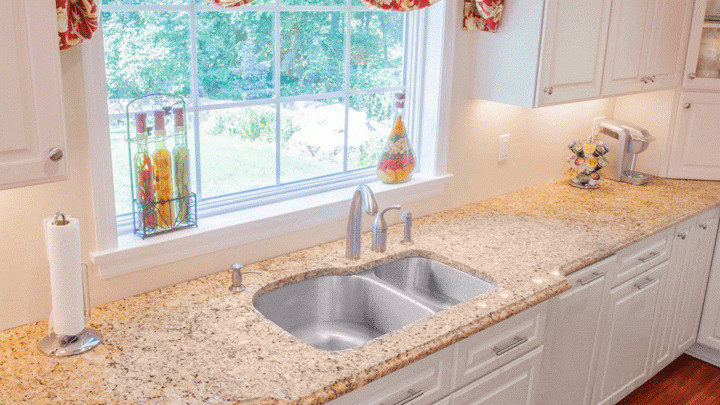
Country of Origin: Brazil
Appearance: Golden Brown with brown and white speckling throughout
Bianco Antico
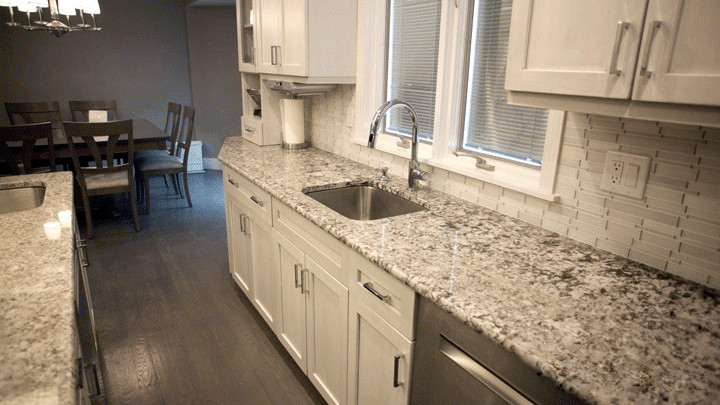
Country of Origin: Brazil
Appearance: White with gray quartz deposits, hints of burgundy garnet and black mica
Ivory Fantasy
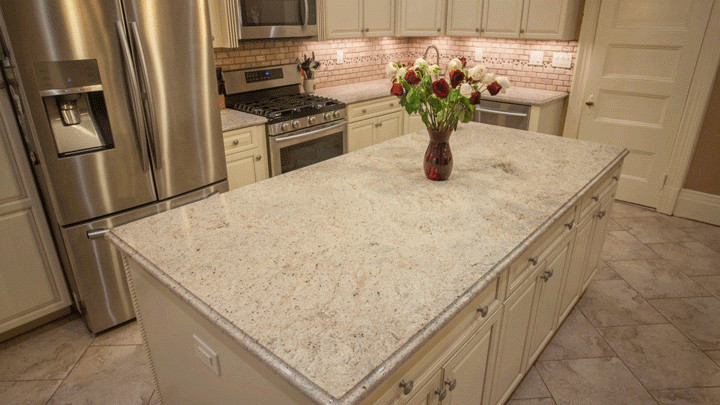
Country of Origin: India
Appearance: White with tan, gray, blue swirls and specks of dark gray and black
Silver Pearl
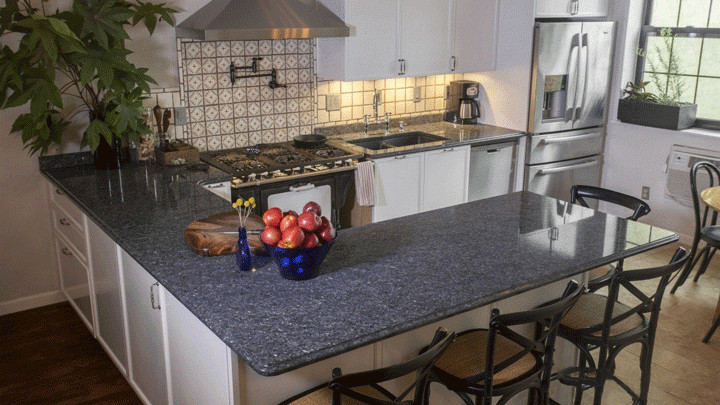
Country of Origin: India
Appearance: Blue-gray base with silver, purple and beige speckling
Red Dragon
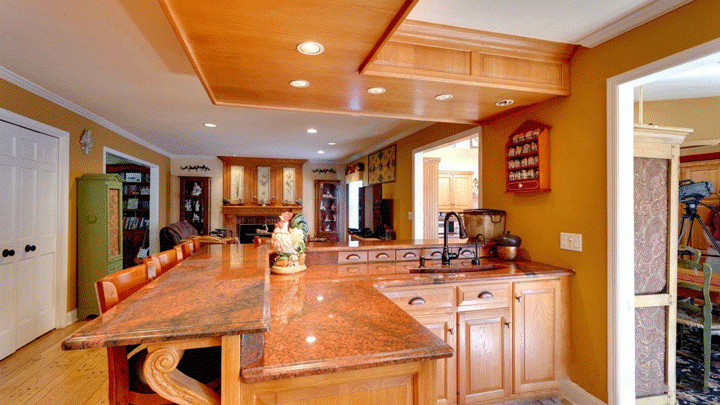
Country of Origin: Brazil
Appearance: Red with dark gray and black veins
Titanium Black

Country of Origin: Brazil
Appearance: Black with white, gray and beige veins
Peregrine C

Country of Origin: India
Appearance: Light cream with white and brown veins and burgundy flecks
Siena Beige
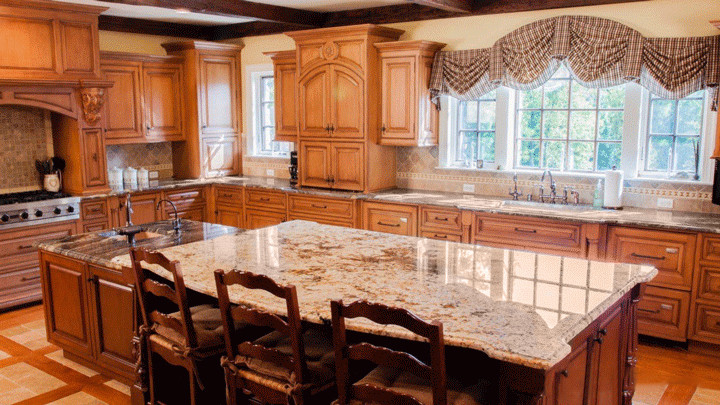
Country of Origin: Brazil
Appearance: White with dark brown veins and hints of burgundy
Madura Gold

Country of Origin: India
Appearance: Gold with black and gray veining
Brown Antique
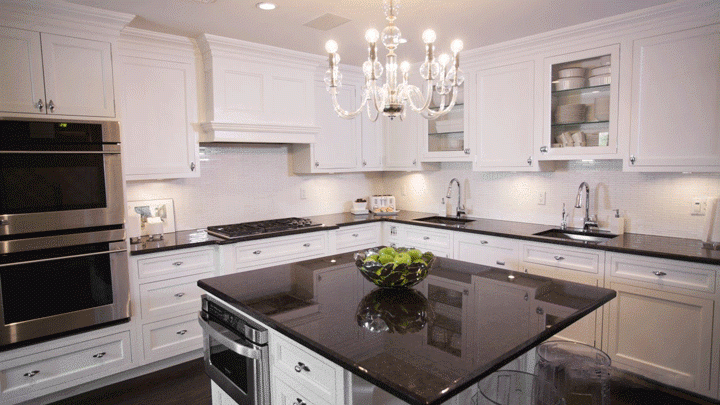
Country of Origin: Angola
Appearance: Brown with hints of blue
How Much Do Granite Countertops Cost?
Much like any other natural stone countertop material, the cost of granite varies greatly depending on the type and your needs. Your needs that can factor in include how much of the stone you will require and any customization elements, such as decorative edging. In any case, granite is still less expensive than many other natural stone countertop options, like marble and quartzite.
Generally speaking, common types of granite can be found for as little as $35 per square foot. However, if you have your sights set on rare granite, be prepared to pay for it: Rare types of granite can cost well in excess of $100 per square foot, and even more than $200 per sqaure foot in some cases.
Where Should I Buy My Granite Countertops From?
A large part of the cost of granite countertops will result in where you purchase from. Something helpful to remember is that it is always better to purchase from a local fabricator rather than a big box store. Stone fabricators specialize in creating countertops and can help you through every step of the process. In addition to this, big box stores only carry granite that is mass produced, and they pay a fabricator to create the countertop anyway. This is a significant factor in cost because big box stores will charge you more money for your new granite countertops than a fabricator will. In essence, the big box stores charge higher costs for acting as a middle man. Going to a fabricator will also allow you to choose from a much wider variety, as fabricators get the stone shipped straight from quarries around the world.
Additional Cost Factors
Other than where you purchase from, another factor of granite countertop cost is edging. The more detailed the edging, the more money your project will cost. Standard edges, such as straight edges or quarter round, will cost much less than complicated styles, like ogee and waterfall edges.
Backsplashes can also play a part in how expensive your new granite countertops will be. A 4-inch backsplash will cost much less than a full backsplash that covers the area in between the countertop and the wall cabinets. Choosing a backsplash is recommended not only for style purposes, but because it will protect your kitchen walls. Ultimately, having a smaller backsplash installed can save you a lot of money in the long run.
One final way that you can save a little bit of money on your kitchen countertop remodeling project is to consider using remnants for small areas. In addition to full size slabs, fabricators will also carry remnants. Remnants are perfect for small areas that require a countertop but may not require a full slab. Keep in mind though that you cannot just use remnants for any size job; they will only work to cover small areas.
What Are My Other Material Options for Kitchen Countertops?
Although you may have narrowed down your kitchen countertop choice to granite, there are many other options that exist. Below are some of the options that you have outside of granite.
Other Natural Stone
Of course, granite is not the only natural stone countertop option that you have. There are various other materials you can choose, from marble to quartzite to even something rarer, like gemstone. To compare, granite wins out in a major category: Price. These three options, while each offering distinct benefits, will cost you more than granite will. Something else to note is that a material such as marble is much more prone to staining than granite is. Beyond cost and appearance, you will want to compare the functional benefits and disadvantages that each natural stone countertop option will offer you.
[get_quote]
Quartz
Quartz has risen in popularity in recent years. Unlike natural stone, quartz is engineered by combining roughly 90 percent quartz mineral with about 10 percent resins, polymers and pigments. These percentages can vary based on the individual countertop. One major benefit you will get from quartz is the amount of customization options available. You can even manage to find quartz that looks like natural stone. However, there are some downsides to the material. It is not heat resistant and will not cost you any less than natural stone options.
Solid Surface
Solid surface is another material that is very popular for kitchen countertops. Made from acrylic and polyester blends, solid surface countertops are non-porous. There are also many options that you can choose from. Something to make note of is that solid surface countertops are not heat resistant, so you will need to be very careful if you have the material in your kitchen. Solid surface countertops usually cost in the range of $45 to $75 per square foot.
Laminate
After originally rising to popularity in the 1960s and 1970s, laminate countertops have been making a comeback in recent years. The primary benefit of laminate countertops is the cost; they are among the cheapest countertop options that you will be able to find. You will also be able to find many different options in terms of looks. However, with this reduced cost comes reduced quality. Laminate countertops are extremely vulnerable, so you will need to exercise significant caution around them. If a laminate countertop sustains damages, it cannot be repaired. The material is also not heat or scratch resistant.
Stainless Steel
Stainless Steel countertops have become a hot commodity on the market in recent years. The material works especially well in modern homes, as it will blend right in with stainless steel appliances and fixtures in the kitchen. A major benefit to stainless steel is its ability to be resistant to nearly any kitchen headaches: The material is heat, stain and moisture resistant. However, like every other countertop option, stainless steel does have negative aspects. The countertops can scratch if you are not careful and can even dent if you drop heavy objects on it.
Ultimately, granite kitchen countertops are a timeless and classic look that will offer you many benefits, both aesthetically and functionally. There is a reason that this beautiful natural stone has been used to build kitchen countertops for years and has been used as a building material dating all the way back to the days of ancient civilizations. If you are looking for a kitchen countertop material that is affordable, stylish and durable, granite is the way to go. Installing granite countertops will also increase the value of your home, as many home buyers are in love with the idea of having granite countertops. Investing in granite countertops is a wise idea, as these aforementioned benefits will last you the rest of your time in the house.










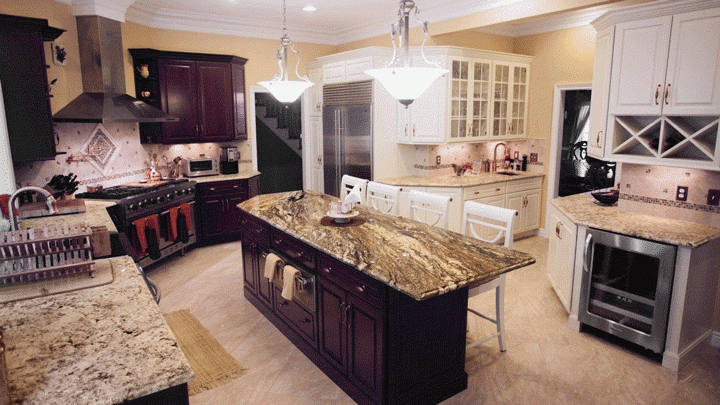
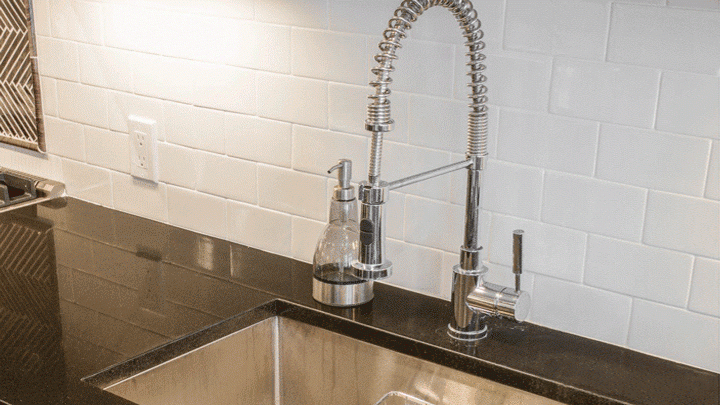



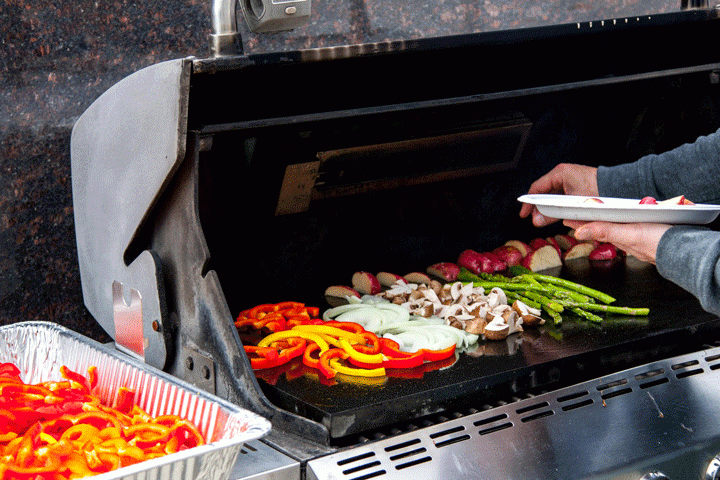
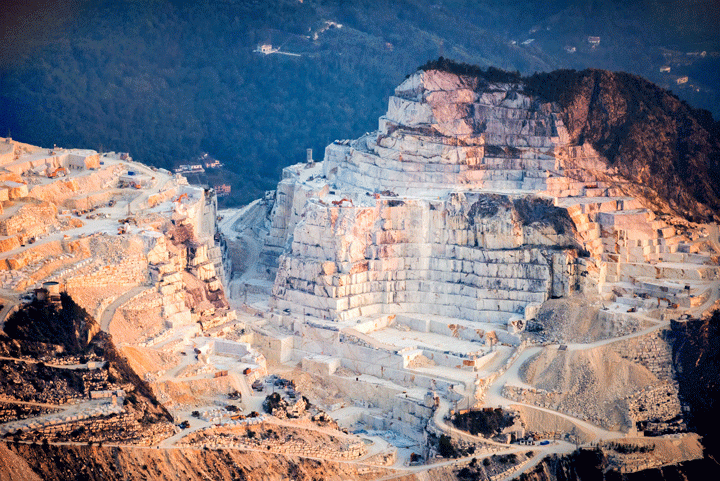
 The article helped me immensely
The article helped me immensely
 I’m now more informed on the subject
I’m now more informed on the subject
 I have questions about Marble.com
I have questions about Marble.com
 The article was not accurate at all
The article was not accurate at all
 There is a serious lack of information
There is a serious lack of information
 I have questions about Marble.com
I have questions about Marble.com